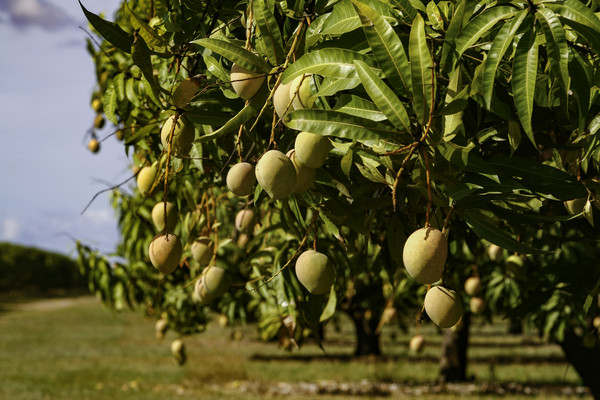
Tropical fruit growing in Southern Italy, the experience in Sicily
Tropical crops can be successfully grown in the regions of Southern Italy, provided that precise rules are followed both in agronomic management and in post-harvest storage. This is what the conference “Cultivation of tropical fruit in Southern Italy” illustrated at Agrilevante
Tropical fruit crops, such as mangoes, papayas, lychees, anona and Japanese medlar, are becoming increasingly popular in some areas of Southern Italy, and in particular in Sicily, becoming part of the coastal island landscape. However, the establishment of many installations has not always been successful, since some of them failed because of adverse weather conditions or improper agronomic practices. Sometimes the incorrect post-harvest management of the fruit has compromised the final quality. To respond to these increasingly widespread problems, the Department of Agricultural, Food and Forestry Sciences (Saaf) of the University of Palermo is conducting various research projects, which it presented at the conference “Cultivation of tropical fruits in Southern Italy” held at Agrilevante.
“Cultivating these species of tropical origin in suitable areas of Sicily with excellent quantitative and qualitative results is possible, and the proximity of European markets and the growing attention of consumers bodes well for an increase in surfaces in the years to come,” said Vittorio Farina, associate professor of tropical and subtropical fruit growing at the Saaf. “However, there are many problems, so the research aims to support the farmers and the technicians in the choice of the species and varieties, and in the agronomic management, and help the commercial operators in the post-harvest management of the fruit”. Agronomic studies are focusing on the relationship between the temperature trends and the different phenological phases, to assess any critical situations. “For example, we discovered that a variety of mango produces flowers in January-February, when it is cold even in Sicily. We have therefore removed the panicle, so the plant produces another that blooms when the temperatures rise. It is also important to study which are the most appropriate protective treatments, the use of possible windbreaks, the use of precision fertigation systems, given that in Sicily water is a scarce resource, the application of anti-frost irrigation, and the use of convex shaping of the soil and mulching”. The research by Saaf, added Farina, also concerns managing the post-harvest, “which, if well done, extends the life of the fruit by a few days and keeps its health intact”.
With the appropriate precautions both in the cultivation and in post-harvest storage, the Sicilian tropical fruits can arrive on the markets properly ripe and ready for consumption, “boasting - concluded Farina - an intrinsic quality far superior to that of similar fruits coming from foreign countries, harvested at commercial maturity, meaning green, and incapable of expressing their sensory characteristics to the maximum”.








